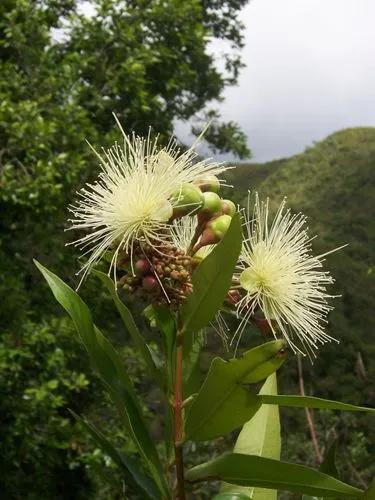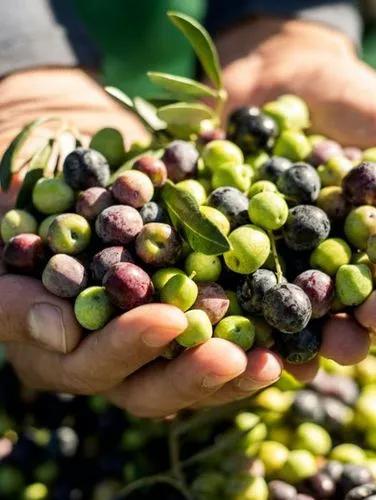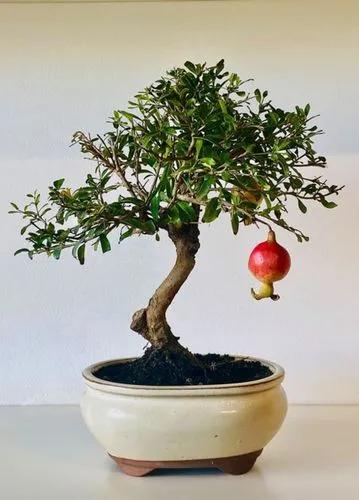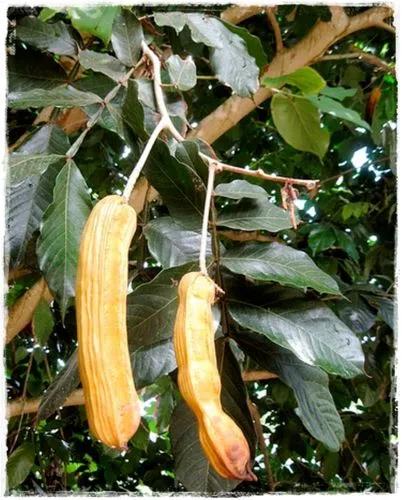The bellyache bush (Jatropha gossypiifolia) is a succulent-stemmed, shrub usually 0.6-1.5 metres high (occasionally up 4 m), with open sparse canopy that develops from a short, single-stemmed plant with 3 or 4 young leaves sprouting from the top. Young leaves are purple and sticky. Older leaves are deep green with edges covered in coarse, dark brown hairs. The small marron-red flowers with yellow centres appear in clusters. These are followed by cherry-sized seed pods that are poisonous. The contrast between the purple leaves and green immature fruits is something special. It releases a sticky, yellow, translucent sap when injured.Similar species: Jatropha gossypiifolia can be confused with castor oil plant (Ricinus communis) as both plants are frequently found in the same areas. Castor oil plant is usually taller than bellyache bush. The leaves are larger and clearly different, with more lobes (7 to 9), which are much more pointed and the fruit are much larger than those on the bellyache bush.
Cotton-leaf Physicnut Care
Jatropha Gossypiifolia



How to Care for the Plant

Water

They like only a short winter's rest and should be kept almost completely dry during the winter months. If the soil is allowed to be dry for too long root loss could follow but equally the same result would occur if the plants are both wet and cold. From March onwards the plant will begin to grow and watering should be increased gradually until late May when the plant should be in full growth. Water regularly during the summer so long as the plant pot is allowed to drain and not sit in a tray of water. During hot weather you may need to water the plants more frequently so long as the plant is actively growing. From late September watering should be reduced to force the plant to go in to a state of semi dormancy, by October you should be back in to the winter watering regime.

Pruning

Generally not necessary to prune plants except to remove dead branches and leaves for a cleaner appearance in the landscape. However this species do tend to get sort of leggy and pruning is sometime necessary to keep hedged and pruned to maintain the shape. Repeatedly prunings also help to encourage new growth. The flowers only develop terminally (at the end of a stem), so a good ramification (plants presenting many branches) produces the greatest amount of fruits. .

Fertilizer

Jatropha respond well to fertilizer (once every one to two months).

Sunlight

The plant needs sunlight and humidity

Soil

The plant grows best on well-drained soils with good aeration. Root growth is reduced on heavy soils. The plant can grow in wastelands and grows on almost any terrain, even on gravelly, sandy and saline soils. It can thrive in poor and stony soils. For pot culture a gritty, very free-draining compost is suitable, and clay pots help the plants to dry out between watering. Re-pot every 2-3 years.

Temperature

Tender, protect from frost . Temperature spring to autumn: nocturnal at least 18°C and diurnal up to 38°C. Wintering: nocturnal 12°C and diurnal 20°C or more.

Additional

All the parts of the plant are considered as poisonous to humans and animals especially the seeds. When a plant get damaged it exudes a thick white milky sap known as latex. This latex is poisonous and particularly dangerous for the eyes, skin and mucous membranes. So pay extreme attention not to get any in your eyes or mouth. Cultivated plants must be handled carefully. If consumed severe nausea, vomiting, diarrhea, gastroenteritis, blindness are expected.

Popularity

440 people already have this plant 71 people have added this plant to their wishlists
Discover more plants with the list below
Popular articles






